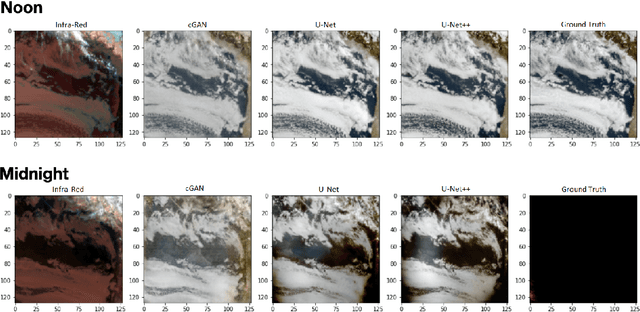Aris Marcolongo
Machine Learning-based Early Detection of Potato Sprouting Using Electrophysiological Signals
Jul 01, 2025Abstract:Accurately predicting potato sprouting before the emergence of any visual signs is critical for effective storage management, as sprouting degrades both the commercial and nutritional value of tubers. Effective forecasting allows for the precise application of anti-sprouting chemicals (ASCs), minimizing waste and reducing costs. This need has become even more pressing following the ban on Isopropyl N-(3-chlorophenyl) carbamate (CIPC) or Chlorpropham due to health and environmental concerns, which has led to the adoption of significantly more expensive alternative ASCs. Existing approaches primarily rely on visual identification, which only detects sprouting after morphological changes have occurred, limiting their effectiveness for proactive management. A reliable early prediction method is therefore essential to enable timely intervention and improve the efficiency of post-harvest storage strategies, where early refers to detecting sprouting before any visible signs appear. In this work, we address the problem of early prediction of potato sprouting. To this end, we propose a novel machine learning (ML)-based approach that enables early prediction of potato sprouting using electrophysiological signals recorded from tubers using proprietary sensors. Our approach preprocesses the recorded signals, extracts relevant features from the wavelet domain, and trains supervised ML models for early sprouting detection. Additionally, we incorporate uncertainty quantification techniques to enhance predictions. Experimental results demonstrate promising performance in the early detection of potato sprouting by accurately predicting the exact day of sprouting for a subset of potatoes and while showing acceptable average error across all potatoes. Despite promising results, further refinements are necessary to minimize prediction errors, particularly in reducing the maximum observed deviations.
NightVision: Generating Nighttime Satellite Imagery from Infra-Red Observations
Dec 08, 2020
Abstract:The recent explosion in applications of machine learning to satellite imagery often rely on visible images and therefore suffer from a lack of data during the night. The gap can be filled by employing available infra-red observations to generate visible images. This work presents how deep learning can be applied successfully to create those images by using U-Net based architectures. The proposed methods show promising results, achieving a structural similarity index (SSIM) up to 86\% on an independent test set and providing visually convincing output images, generated from infra-red observations.
 Add to Chrome
Add to Chrome Add to Firefox
Add to Firefox Add to Edge
Add to Edge